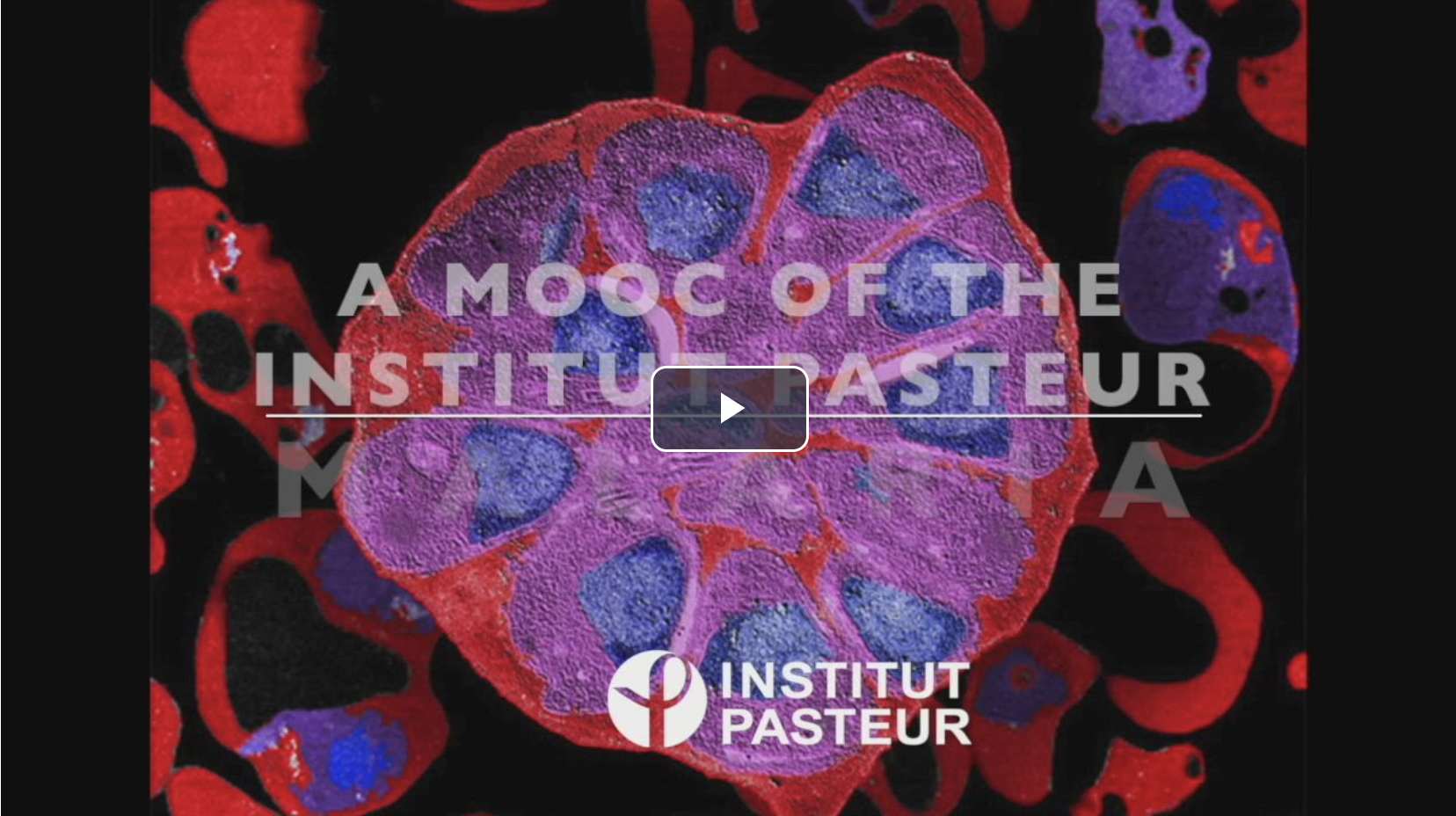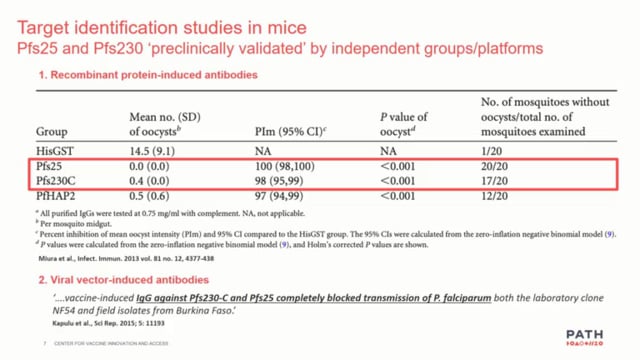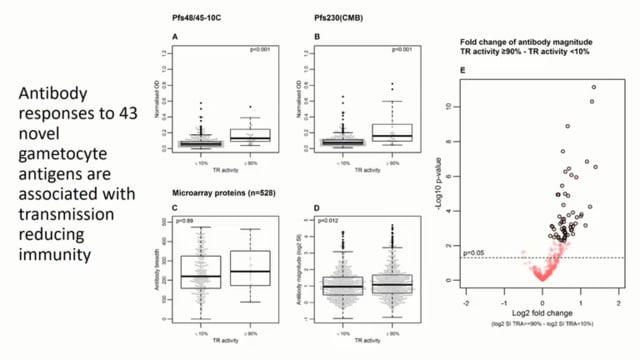Last Updated: 02/12/2024
Mosquito immune responses and malaria transmission – 19
Objectives
To better understand the immune responses of the mosquito to malaria infection and how these responses affect parasite survival.
Specific objectives:
- Interactions between Plasmodium parasites, the gut microbiota and mosquito midgut epithelial cells.
- Immune pathways that mediate antiplasmodial responses.
- Hemocytes and immune memory in mosquitoes.
- Plasmodium evasion of the mosquito immune system.
- Dengue virus midgut receptor and antiviral immunity of different mosquito species.
Innate Immune Memory in Mosquitoes
A previous infection primes the Anopheles gambiae immune response and enhances the defense response to subsequent Plasmodium infections and reducing malaria transmission. Immune priming is mediated by the systemic release of a hemocyte differentiation factor (HDF), a complex of lipoxin A4 bound to Evokin, a lipid carrier. HDF increases the proportion of circulating granulocytes and enhances mosquito cellular immunity. Here, we show that Evokin is present in hemocytes and fat-body cells, and messenger RNA (mRNA) expression increases significantly after immune priming. The double peroxidase (DBLOX) enzyme, present in insects but not in vertebrates, is essential for HDF synthesis. DBLOX is highly expressed in oenocytes in the fat-body tissue, and these cells increase in number in primed mosquitoes. We provide direct evidence that the histone acetyltransferase AgTip60 (AGAP001539) is also essential for a sustained increase in oenocyte numbers, HDF synthesis, and immune priming. We propose that oenocytes may function as a population of cells that are reprogrammed, and orchestrate and maintain a broad, systemic, and long-lasting state of enhanced immune surveillance in primed mosquitoes.
Atlas of mosquito hemocytes
Insect hemocytes are the functional equivalents of leukocytes and limit the capacity of mosquitoes to transmit human pathogens. We profile the transcriptomes of 8506 hemocytes of Anopheles gambiae and Aedes aegypti mosquito vectors. Our data reveal the functional diversity of hemocytes, with different subtypes of granulocytes expressing distinct and evolutionarily conserved subsets of effector genes. A previously unidentified cell type in An. gambiae, which we term megacyte, is defined by a specific transmembrane protein marker (TM7318) and high expression of lipopolysaccharide-induced tumor necrosis factor transcription factor 3 (LL3). Knockdown experiments indicate that LL3 mediates hemocyte differentiation during immune priming. We identify and validate two main hemocyte lineages and find evidence of proliferating granulocyte populations. This atlas of medically relevant invertebrate immune cells at single-cell resolution identifies cellular events that underpin mosquito immunity to malaria infection.
Using antibodies to block malaria transmission
Transmission-blocking vaccines (TBVs), pioneered by Richard Carter and others, aim to prevent parasite development in the mosquito vector and are a promising new tool for malaria elimination. Pfs47, recently identified as a TBV target, is a three-domain 6-cysteine protein on the surface of Plasmodium falciparum sexual stages. Pfs47 allows the parasite to evade mosquito immunity and is key for P. falciparum infection of the dominant malaria vectors Anopheles gambiae, Anopheles dirus, and Anopheles albimanus. Antibodies against Pfs47 domain 2 (D2) have significant transmission-blocking activity that prevents Plasmodium ookinete development and is independent of human complement. Strong transmission-blocking activity has been mapped to a region of 52 amino acids in Pfs47 D2. Efforts to optimize the immunogenicity of the Pfs47 D2 antigen with a viral-like particle have been successful, and the efficacy of a P47-based TBV was confirmed in vivo with Pbs47, the orthologue of Pfs47 in the mouse malaria parasite Plasmodium berghei. The current evidence warrants further development and clinical testing of a Pfs47-based TBV.
The development of effective malaria vaccines remains a global health priority. In addition to an effective vaccine, there is urgent demand for effective delivery technologies that can be easily deployed. The need for effective vaccine delivery tools is particularly pertinent in resource-poor settings where access to healthcare is limited. Microneedles are micron-scale structures that offer distinct advantages for vaccine delivery by efficiently targeting skin-resident immune cells, eliminating injection-associated pain, and improving patient compliance. We developed and characterized a candidate malaria vaccine loaded and deployed using dissolvable microneedle arrays. Of note, a newly indicated human-relevant antigen was employed, Plasmodium falciparum surface protein P47. P47 and a potent toll-like receptor (TLR9) agonist vaccine adjuvant, CpG, were fabricated into microneedles using a gelatin polymer. Protein binding, ELISA, and fluorescence analysis confirmed the molecular structure, and the function of the P47 antigen and CpG was maintained after fabrication, storage, and release from microneedles. In cell culture, the cargo released from the microneedle arrays triggered TLR9 signaling and activated primary dendritic cells at levels similar to native, unincorporated vaccine components. Together, these studies demonstrate the potential of microneedles as an easily deployable strategy for a P47-based malaria vaccine.
A genotyping assay to determine geographic origin of malaria cases
As countries work towards malaria elimination, it is important to monitor imported cases to prevent reestablishment of local transmission. The Plasmodium falciparum Pfs47 gene has strong geographic population structure, because only those parasites with Pfs47 haplotypes compatible with the mosquito vector species in a given continent are efficiently transmitted. Analysis of 4,971 world-wide Pfs47 sequences identified two SNPs (at 707 and 725 bp) as sufficient to establish the likely continent of origin of P. falciparum isolates. Pfs47 sequences from Africa, Asia, and the New World presented more that 99% frequency of distinct combinations of the SNPs 707 and 725 genotypes. Interestingly, Papua New Guinea Pfs47 sequences have the highest diversity in SNPs 707 and 725. Accurate and reproducible High-Resolution Melting (HRM) assays were developed to genotype Pfs47 SNPs 707 and 725 in laboratory and field samples, to assess the geographic origin and risk of local transmission of imported P. falciparum malaria cases.
Jan 2022 — Dec 2022
$1.91M


